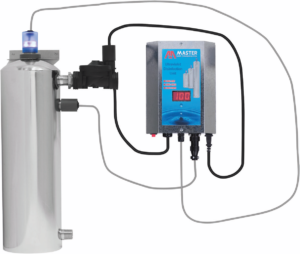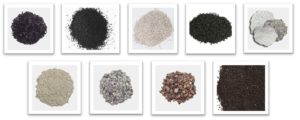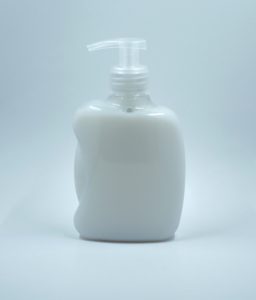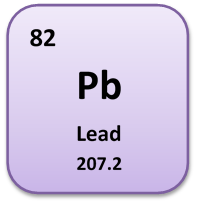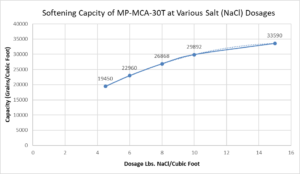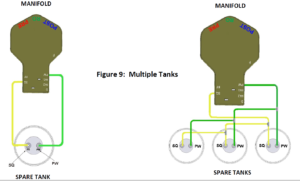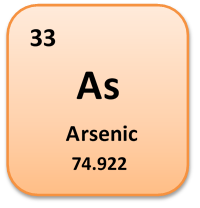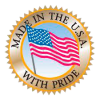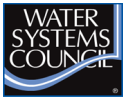Ultraviolet disinfection is a proven and highly efficient method for water purification without the use of chemical additives. The benefits of ultraviolet light as a disinfectant and germicide has long been recognized as a great chemical free option Read more
Archives for July 2019
Water Treatment Filtration Media
Whether it is for chlorine removal, iron and manganese oxidation, or pH correction and acid neutralization there are dozens of different media for all types of filtration. In this post, we will explore the different types of media and minerals used Read more
SULFATE
History of Sulfate Use Sulfate is a naturally occurring compound consisting of a single sulfur ion and four oxygen ions (SO4). Sulfate is a very common compound found in nearly all water wells, and enters water through the dissolution of the Read more
LEAD
History of Lead Use Over the last decade, the rise and prevalence of lead contamination events in the United States has risen dramatically. One of the main reasons is that public water systems rely on lead service lines installed nearly a century Read more
Brining and Regeneration: Part II
This is the second part in a feature series aimed at exploring brine and its role in ion exchange processes. In this second portion, we will take a look at cation exchange operating capacities, capacity vs. salt, and high efficiency systems. Over Read more
WOW RO- Adding Additional Storage When More Water Is Needed
When More Water is Needed There are many reasons why additional storage is required. If the system is installed in houses with larger families, cooking needs alone may warrant more storage. If the family fills their water bottles Read more
